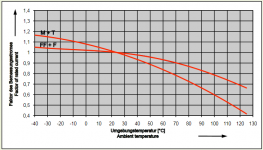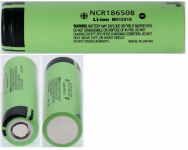holunder
Active member
Der Ladestrom vom Standardnetzteil ist mir mit den 1.5A zu gering, daher wollte ich ein größeres mit 5A nehmen. Wenn ich die Brücke beim INA entferne und ihn damit auf 5A stelle, was ändert sich dann noch alles? Irgendeinen Grund muss es ja haben das die Brücke überhaupt vorhanden ist. Ansonsten konnte man ihn ja immer auf 5A laufen lassen, auch wenn man nur das kleine Ladegerät mit ~1.5A dran hat. Oder übersehe ich da etwas?



